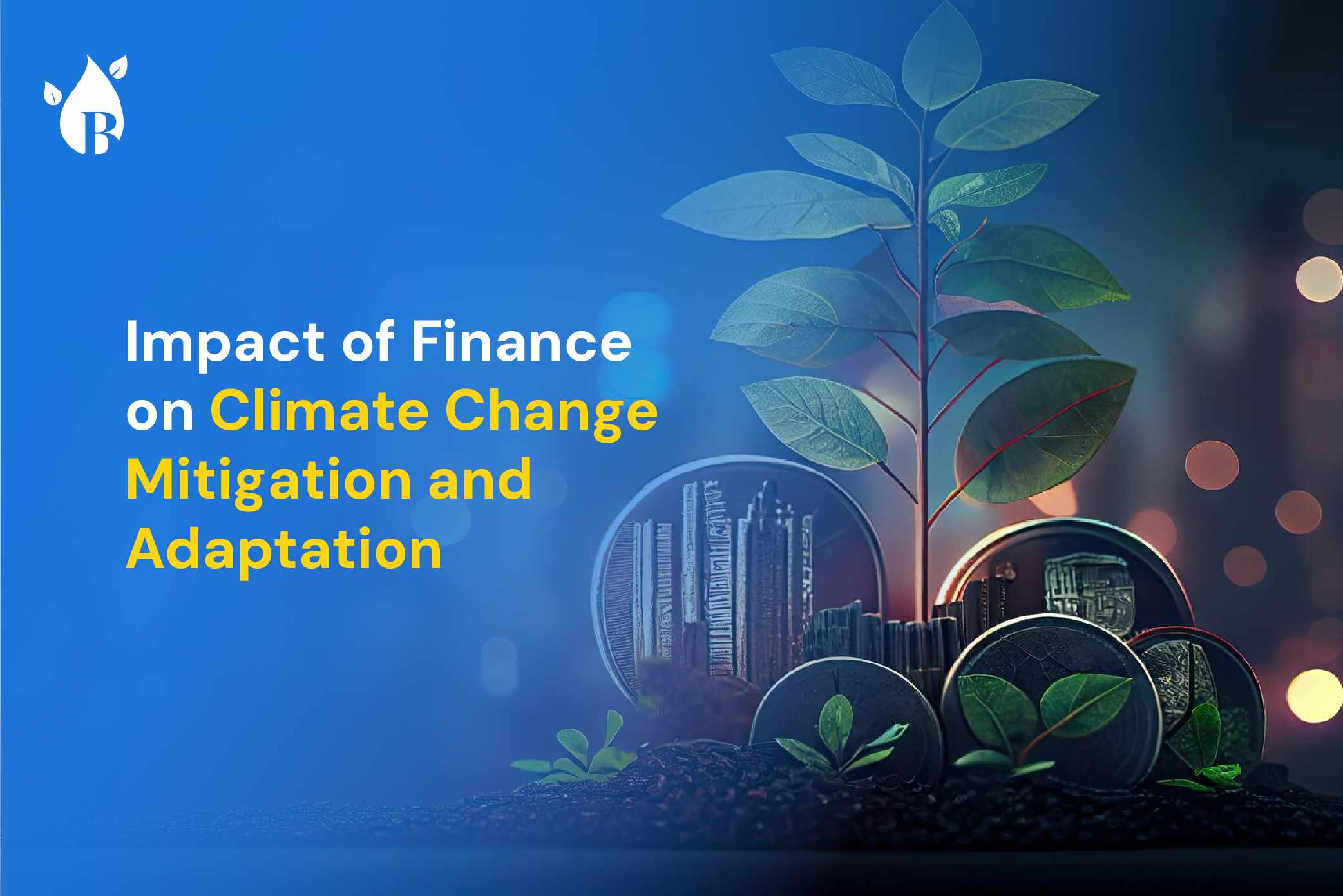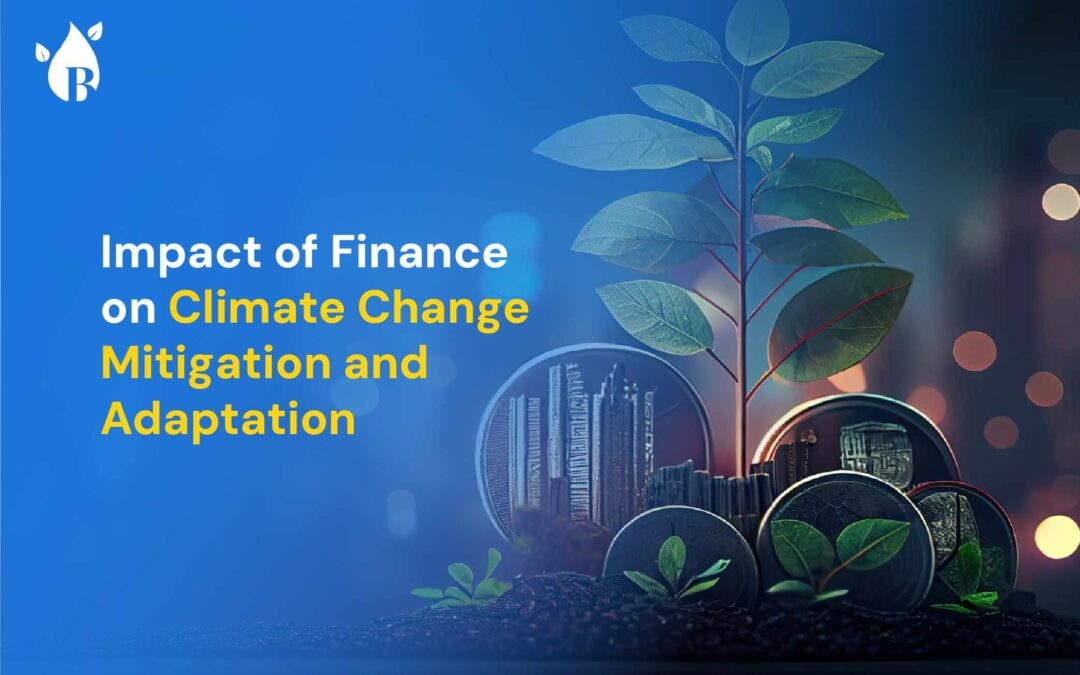
Resolving this crisis requires collective action and significant financial investment in implementing solutions. However, the burden of overcoming the climate crisis falls heavily on developing countries, where resources are limited. It is crucial not to overlook the contributions of major economies such as the US and China, as they significantly contribute to greenhouse gas emissions.
The Climate Finance Landscape
The United Nations Framework Convention on Climate Change (UNFCCC) characterizes Climate Finance as “financial support directed towards diminishing greenhouse gas emissions, augmenting the capacity to absorb these gases, and fortifying the ability of both human and ecological systems to withstand adverse impacts resulting from climate change”.
It refers to the funding, investments, and financial mechanisms directed towards activities that either reduce greenhouse gas emissions (mitigation) or help societies adapt to the impacts of climate change (adaptation). The climate finance landscape encompasses a wide array of actors, including governments, international organizations, private sector entities, and civil society groups. In fact, the Global Landscape of Climate Finance 2021 report says that climate finance flows reached a substantial $780 billion in 2019, representing an increase from previous years and expected to grow more in the future as well.
Mitigation Finance
Adaptation Finance
The Role of International Climate Funds
Challenges and Future Outlook
Looking ahead, climate finance will continue to evolve. Innovations in financial instruments, increased collaboration among stakeholders, and more robust climate-related reporting will likely shape the future of climate finance. Ultimately, the effective allocation of finance is critical for addressing climate change and safeguarding the planet for future generations
Ready to navigate the climate finance landscape? Explore how mitigation, adaptation, and global commitments shape our future. Take action now!




